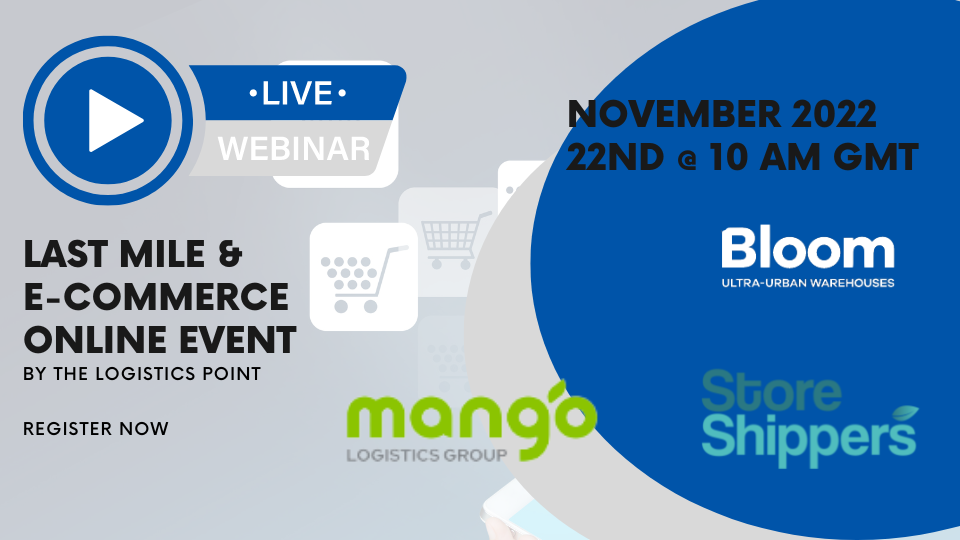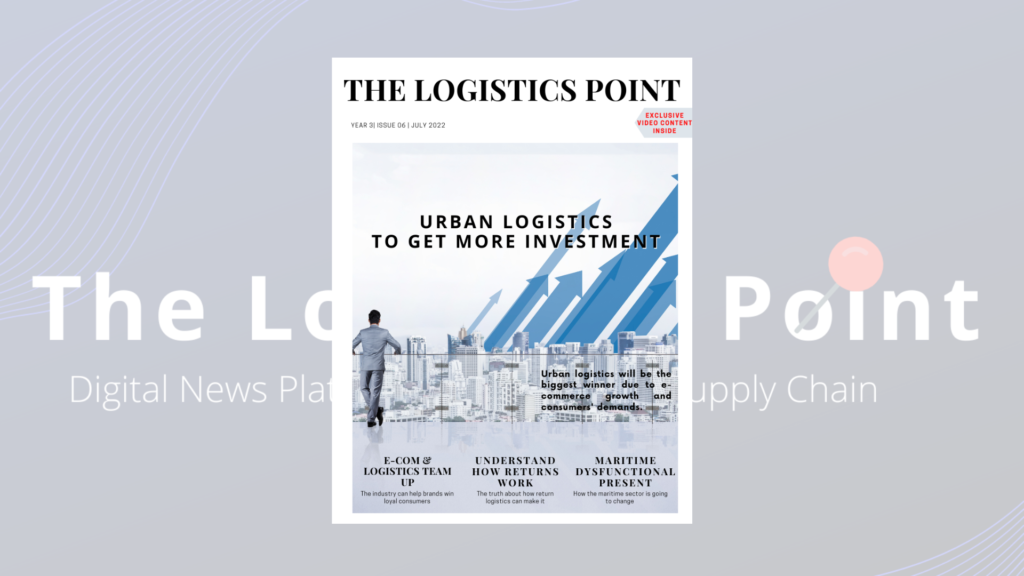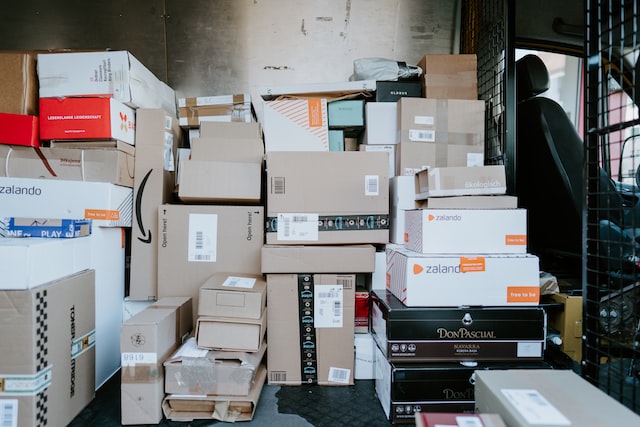In the last few years ‘sustainability’ and ‘last mile’ are often put together but there are many who question how things work in practice. The ever growing need of e-commerce and retail to be faster and cheaper clearly clashes with some of the key objectives of sustainability. Ship-from-store however is championed by many as the way to combine both worlds. We spoke to Pieter Paul van den Hoven, founder and CEO of StoreShippers about how Ship-from-Store can be really made sustainable.
Pieter will be joining us on the 22nd November for our Last Mile & E-Com Online Event to talk about the pitfalls of Q-Commerce. Don’t miss it and get your free spot!
‘We have all seen that if you want to ship fast, you need to source locally,’ begins Pieter Paul van den Hoven. Small and large retailers, both from the e-com market and brick-and-mortar, have found out how important proximity to consumers is. ‘The difference between covering a couple of hundred metres compared to a couple of hundred kilometres is what could make the last mile truly sustainable,’ van den Hoven reckons.

Making it big
The challenge comes for smaller companies that do not have the capabilities of organisations like Amazon. Just putting a large number of distribution centres close to people is not an easy task. In the USA Target was one of the first to
The trend of fast delivery is like opening Pandora’s Box and it is very hard to change consumers’ behaviour back to something which was not as good.
recognise the potential of its stores as distribution hubs for last mile deliveries. Van den Hoven believes that the role of the stores should be rethought and sought not only to sell offline but also to support the online omnichannel side of the business.
‘The logistical challenge comes when we think about how stores are replenished and how logistics serves them,’ van den Hoven continues. There is a clear difference between an online logistics operation and one for brick-and-mortar. Building a logistical solution that looks outward from the store to the consumer did not exist up until recently. Van den Hoven says large courier companies are not the right fit for these kinds of operations due to the fact that they prefer larger orders and their networks are mostly situated to serve central out-of-cities hubs.

Going local
Local delivery companies can serve that niche market well by optimising their local knowledge. The benefits are multiple, according to van den Hoven, and include speed and the ability to use unique sustainable transportation solutions: cargo bikes, electric vans and by foot. van den Hoven’s company connects retailers who want to ship-from-store to a network of courier companies in the local area who have the capacity to operate the last mile in 15 countries.
van den Hoven acknowledges that same-day deliveries or even 15-minutes deliveries are not always needed. At the same time, both consumers and retailers have accepted that the option exists and it is unlikely for anyone to change the way they think. ‘Generally, retail products do not need a 15-minutes delivery,’ van den Hoven explains. but the customer experience of a same-day delivery is amazing ,and can be made efficient with routes and if products are sourced locally.’
Working together
van den Hoven’s company collects orders between 4-5pm and delivers them from 6pm onwards. With this it is able to also create routes and more clients. ‘We are offering a very competitive product as we increase volumes and lower costs,’ he explains. For stores the benefit is that they can use assets they already have. Labour costs in the DC can also be lowered as retailers do not need additional people.
Consumers’ experience and retail efficiencies are the main drivers for Ship-from-Store. ‘Selling online from an offline channel means overall stock keeping can be lowered,’ van den Hoven goes on. This on the other hand means better inventory management is needed. With the network that van den Hoven’s company has built they can also support national shipping. Local couriers collect all orders from a store and then transport them to a location where the national orders can be picked up by other couriers in the network. The system highly benefits countries with stricter customs procedures. In addition, it gives both retailers and consumers different options to choose from.
Pandora’s Box Controlled
‘The trend of fast delivery is like opening Pandora’s Box and it is very hard to change consumers’ behaviour back to something which was not as good,’ van den Hoven comments on the rise of quick grocery. The question of course is how to make the operations profitable. van den Hoven says that offering groceries through your own channels and operating a q-commerce model is more challenging than what his company does. ‘What I wonder is how these companies will compete with the large retailers who are also opening up for quick commerce. If delivery is not the decisive factor then we need to talk about margins. The current volumes of large retailers probably mean they would have better margins.’

